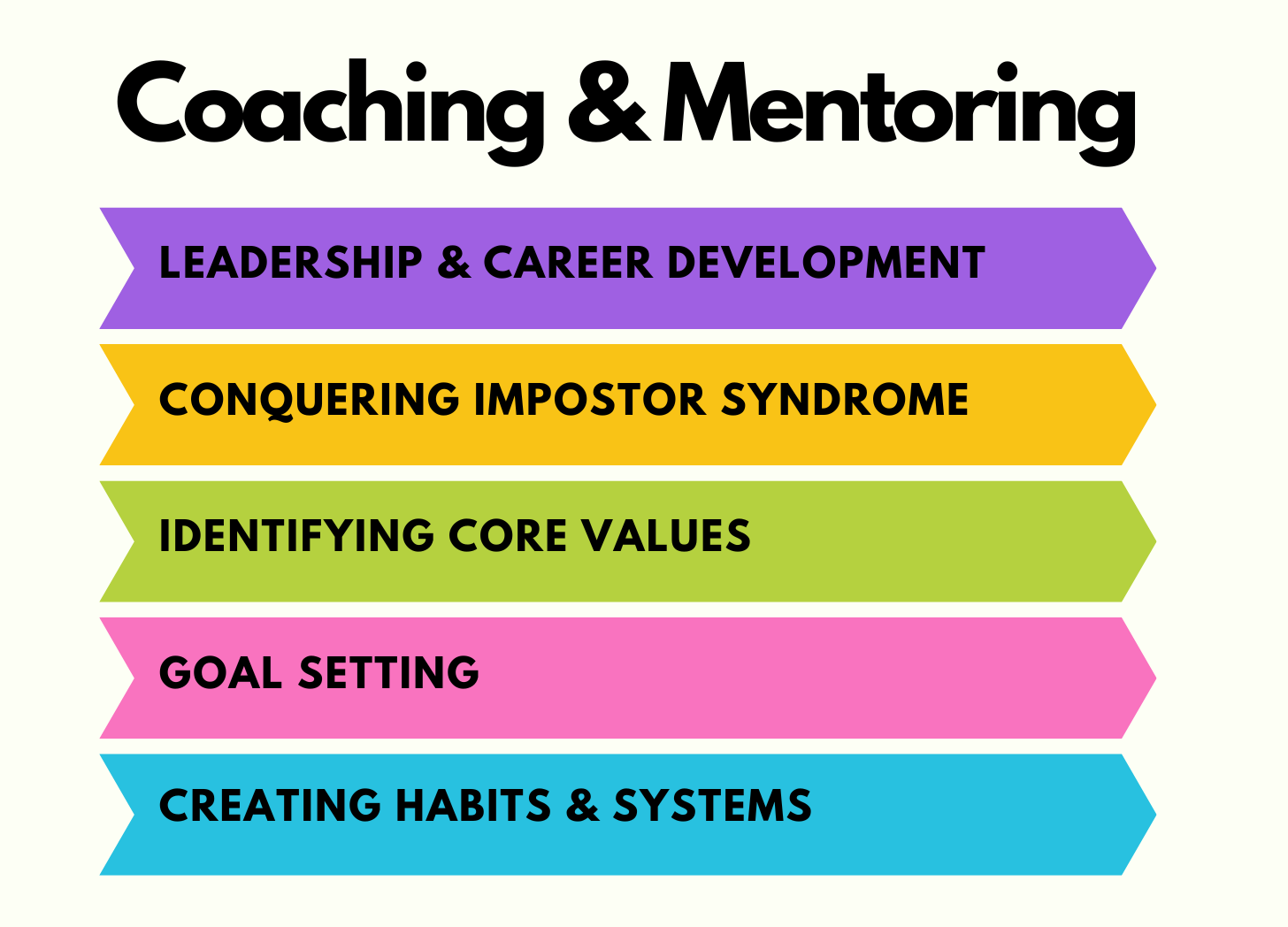Unlocking the Time Management Puzzle
Common challenges and creative solutions to the time management puzzle. 🕒✨
Like me, you're probably familiar with the challenge of managing your time. It often feels like trying to solve a jigsaw puzzle with scattered pieces—challenging and sometimes overwhelming. But rest assured, you're not alone in this struggle.
Earlier this month at Plato Elevate1, I led a roundtable discussion on time management, delving into techniques like time-blocking and prioritization. The group was a mix of engineers, new and experienced managers, and directors. We all shared similar struggles: finding time to focus on important tasks and staying in the flow amidst constant interruptions.
I had a great time leading this discussion; everyone brought relevant challenges and insightful suggestions and solutions.
Common Challenges and Creative Solutions
Challenge #1 - Time Blocks Get Eaten Up by Admin and Catch-Up Work
Many participants mentioned that when using time-blocking, their time blocks often get consumed by admin tasks and catch-up work like emails and Slack messages.
Solution: Allocate specific times for admin tasks and catch-up work, separate from your focused work blocks. Clearly define the purpose of each time block in advance. For example, schedule a 30-minute block in the morning and another in the afternoon for these tasks, leaving the rest of your blocks for deep work.
Challenge #2 - Time Blocks Get Scheduled Over to Accommodate Others
This was a common frustration, especially for those in leadership roles.
Solution: Be diligent in enforcing your time blocks. Start by marking your calendar as "busy" during focused work periods to signal to others that you are unavailable. As leaders, sometimes others see our job as “attending meetings,” and they aren’t sure why we need this time. Share the importance of maintaining this time with your team and, if possible, the impact of having/not having it. Rescheduling meetings if necessary.
Challenge #3 - Time Blocks and Deep Work are Often Interrupted
Another common challenge was interruptions. Responding to Slack messages or office pings disrupts deep work and flow states.
Solution: This depends on company culture and team expectations. Consider setting 'do not disturb' periods or using status indicators to manage interruptions. You can also set specific times for checking and responding to messages. Encourage others to indicate the priority and timeliness required for a response. This will allow you to triage better and know when to drop what you’re doing to respond.
Challenge #4 - Not Planning What to Work on During Time Blocks
Many participants stated they feel too much time is wasted figuring out what to do during their time blocks.
Solution: Plan ahead and determine what each time block will be used for. Use prioritization methods to determine the most critical tasks. For instance, before wrapping up for the day, create a task list for the following day. Personally, I use reclaim.ai for this.
Challenge #5 - Context Switching
Frequent context switching disrupts flow, especially when moving between different types of tasks.
Solutions: Limit work in progress (WIP) to minimize context switching and maximize uninterrupted time available for each task. Try batching similar tasks together to reduce the need to switch contexts. Use techniques like "eat the frog" (tackling the most challenging task first) to maintain focus and avoid procrastination. Doing the most difficult/important task first can also help add flexibility for the rest of your time.
Challenge #6 - Procrastination
Even with time blocks, procrastination can still creep in.
Solutions: Consider why you are procrastinating. When a task feels overwhelming, break it down into smaller steps and focus on the next right thing. This makes large projects more manageable and helps maintain momentum. Think of your project or task like a ladder. If you need to get onto the roof of a building, you wouldn’t want a ladder that only has one step at the height of the roof. Define smaller, incremental steps to reach your goal, filling out the ladder's rungs. Alternatively, use the "eat the frog" technique to tackle the most daunting task first, or try setting mini-deadlines within your time blocks to help maintain momentum.
Additional Discussion Highlights:
Transitioning from Maker to Manager Schedule
New managers often find it challenging to adjust from a maker's schedule (uninterrupted blocks of time) to a manager's schedule, which includes frequent meetings and interruptions. This transition requires different time management strategies to handle the increased number of meetings and the need for frequent context switching.
Company Culture: Sync vs. Async
Your company and team culture will also influence how you manage your time. For example, a sync culture may have very different expectations from an async culture.
Sync Culture: Real-time discussions are expected. This can mean limited hours for focused work. The expectation is that unblocking others is more valuable than avoiding context switching or maintaining flow. This type of culture often favors video/sync over written communication.
Async Culture: Requests can be answered within 24 hours. Context and urgency should be specified in requests. This type of culture favors written communication over sync/video chat.
Balancing Personal and Team Productivity
It's important to balance personal productivity with team productivity. Helping others get unblocked can sometimes take precedence over staying in an individual flow state. Providing context and deadlines when making requests can help manage this balance.
Productivity & Prioritization Techniques:
Time-blocking: Scheduling dedicated blocks of time on your calendar for tasks and projects.
Eat the Frog: Tackle the most challenging task first.
Pareto Principle (80/20 Rule): Focus on the 20% of tasks that will yield 80% of the results.
Eisenhower Matrix: Prioritize tasks based on urgency and importance.
Pomodoro Technique: Set a timer for 25 (or 45) minutes. When the timer goes off, take a 5 (or 15) minute break. Experiment to find what intervals work best for you.
Other Tips
Group meetings and other sync tasks together to leave larger, uninterrupted blocks of time for deep work.
Manage your energy and schedule deep work when it works best for you. For some, this might be in the morning; for others, it may be later.
Don’t forget self-care; take breaks, stay hydrated, stretch, etc.
Reclaiming Your Time
Time management is a continuous balancing act, especially in tech roles where focused work and collaboration are essential. Using these techniques and being mindful of company culture and team needs can improve productivity and help you find more time for what truly matters.
Conversation Starters
What strategies do you use to manage your time?
What’s working? What’s not working?
What prioritization methods do you use?
Like this article? Click the ♥️ button to let me know!
Or leave a comment 💬 and share your thoughts.
xo,
Brie
PS. If you’d like to support my writing and my work on QUALITY BOSS, you can show appreciation by buying me a “coffee” through Ko-fi.
Coaching/Mentoring: Want to work with me? Book a call here to discuss getting started.
My areas of expertise and interest are leadership development, conquering impostor syndrome, values exploration, goal setting, and creating habits & systems. And, of course, Quality Engineering. 🐞
Plato Elevate is a conference for engineering leaders.





Great overview Brie!
I've recognized my (past!) self in some of the challenges, especially the transition from maker to manager that was a bit hard to handle.
One prioritization technique I use with the team is the $100 voting system. It's mostly to prioritize bigger tasks and/or project requests as a team, because we sometimes need collective intelligence to define what's important in our personal to-dos!